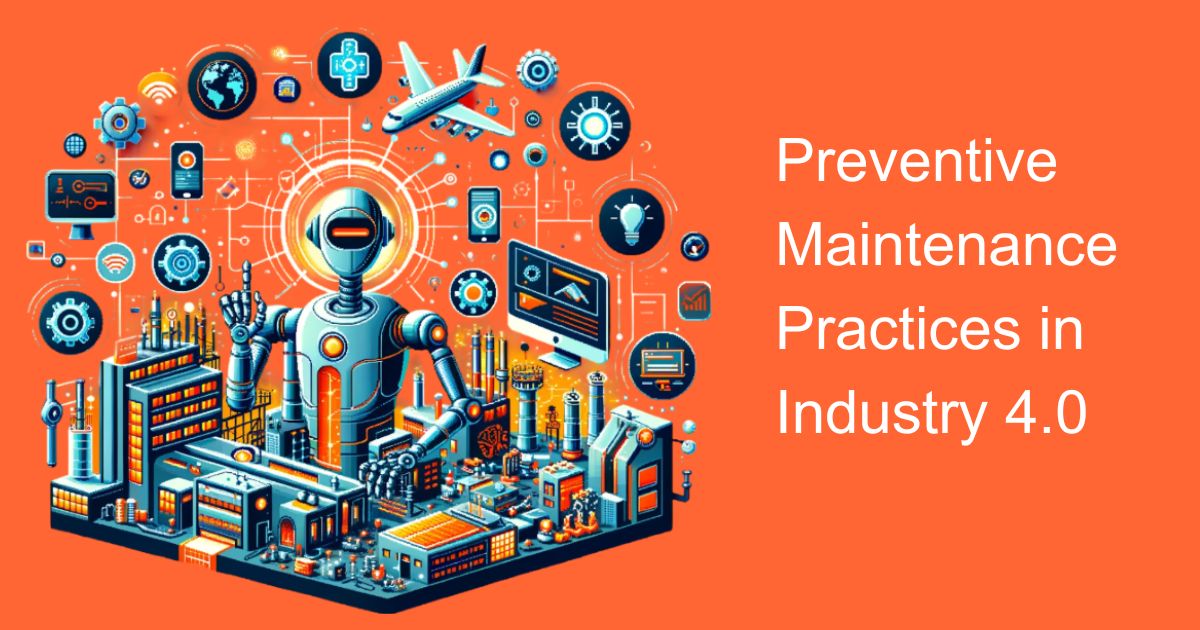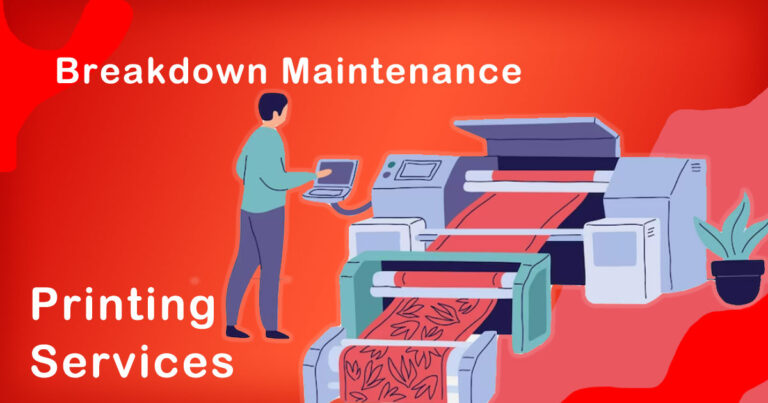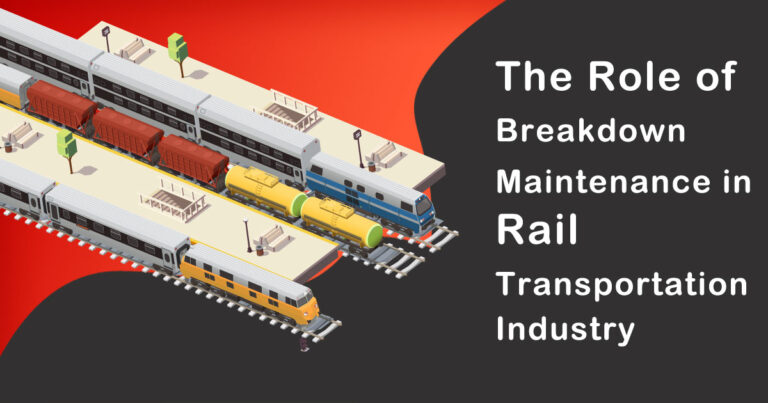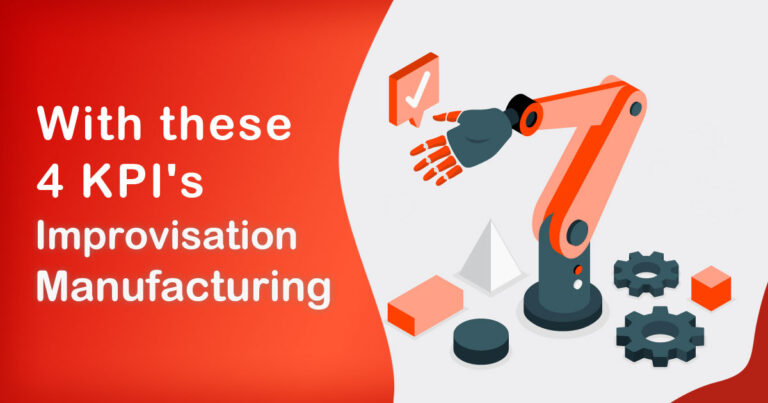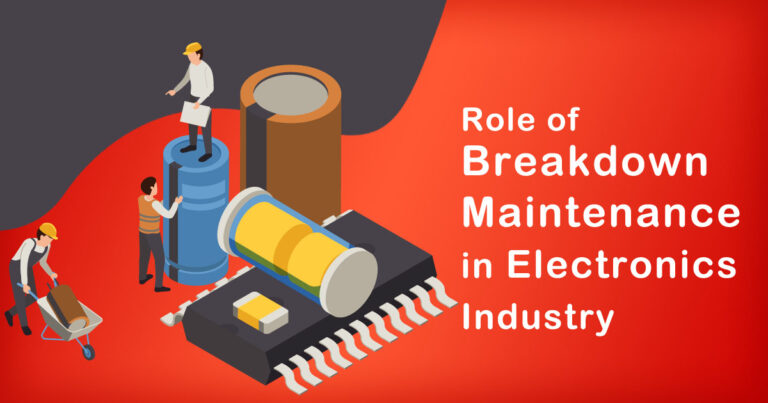Introduction
In the era of Industry 4.0, where technology and automation reign supreme, preventive maintenance has become a critical aspect of ensuring the smooth operation of industrial processes. In the Indian context, with its rapidly growing manufacturing sector, adopting best practices for preventive maintenance is not only essential but also offers significant benefits in terms of cost savings, increased efficiency, and reduced downtime. This blog delves into the Best practices for preventive maintenance in Industry 4.0.
Embracing Predictive Maintenance
Traditionally, preventive maintenance schedules were based on calendar or usage-based intervals. However, Industry 4.0 introduces predictive maintenance, which utilizes sensors and data analytics to predict equipment failures before they occur. This data-driven approach is gaining momentum in Indian industries, reducing unplanned downtime and saving considerable maintenance costs.
A report by PwC India indicates that implementing predictive maintenance in India’s manufacturing sector can result in up to a 40% reduction in maintenance costs and a 10% increase in overall equipment efficiency.
IoT-Enabled Condition Monitoring
The Internet of Things (IoT) has revolutionized preventive maintenance by enabling real-time condition monitoring of industrial equipment. In an Indian context, IoT devices are increasingly being used to collect data on machinery performance, temperature, vibration, and other critical parameters. This data is then analyzed to detect anomalies and trigger maintenance actions proactively.
According to the India Electronics and Semiconductor Association (IESA), the adoption of IoT-enabled condition monitoring systems can lead to a 15% reduction in maintenance costs and a 20% improvement in equipment uptime.
Implementing a CMMS
Computerized Maintenance Management Systems (CMMS) are invaluable tools for managing maintenance activities in Industry 4.0. CMMS software helps organizations plan, schedule, and track maintenance tasks efficiently. Indian industries are recognizing the importance of CMMS in streamlining maintenance processes, reducing paperwork, and enhancing data-driven decision-making.
A survey by Deloitte India reveals that 65% of Indian manufacturing companies have adopted CMMS systems, resulting in a 25% increase in maintenance productivity and a 20% reduction in spare parts inventory.
Skill Development and Training
In the Indian context, one of the challenges in implementing preventive maintenance best practices is the shortage of skilled maintenance technicians and engineers. To address this issue, organizations are investing in training and upskilling their workforce to keep up with the evolving technology landscape.
A study by the National Skill Development Corporation (NSDC) indicates that companies that invest in employee training witness a 30% reduction in maintenance-related errors and a 15% improvement in equipment reliability.
Data Security and Privacy
With the increasing reliance on data for predictive maintenance, data security and privacy have become paramount concerns. Indian industries are focusing on implementing robust cybersecurity measures to protect sensitive maintenance data from cyber threats and breaches. Compliance with data protection regulations such as India’s Personal Data Protection Bill is essential for safeguarding critical maintenance information.
Integration of AI and Machine Learning
Artificial Intelligence (AI) and Machine Learning (ML) are playing a pivotal role in preventive maintenance within Indian industries. These technologies analyze historical maintenance data and equipment performance to develop predictive models. The use of AI-driven algorithms helps optimize maintenance schedules and resource allocation.
As per a study by NASSCOM, Indian companies adopting AI and ML in preventive maintenance have reported a 25% reduction in downtime and a 15% increase in overall equipment effectiveness.
Supplier Collaboration
Collaboration with equipment suppliers and OEMs is a key best practice in preventive maintenance. In the Indian manufacturing landscape, establishing strong partnerships with suppliers can provide access to valuable insights, spare parts availability, and technical support. This collaboration ensures quicker response times in case of equipment failures.
Conclusion
The adoption of preventive maintenance best practices in Industry 4.0 is not just a trend but a necessity for Indian industries looking to stay competitive and efficient. Embracing predictive maintenance, leveraging IoT and CMMS, investing in skill development, ensuring data security, integrating AI and ML, and fostering supplier collaboration are essential steps in achieving success in the era of Industry 4.0. As Indian manufacturing continues to evolve, these practices will serve as a cornerstone for reducing downtime, enhancing productivity, and ultimately contributing to the growth of the nation’s industrial sector. In this journey towards operational excellence, staying ahead of the curve with preventive maintenance best practices is not an option; it’s a strategic imperative.


